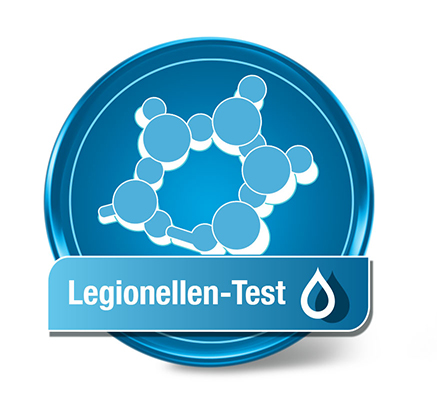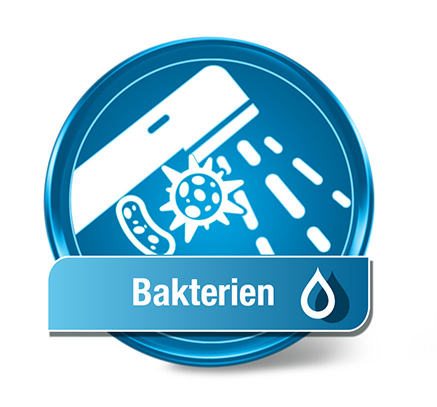Drinking Water and COVID-19
The Coronavirus (COVID-19) pandemic affects, concerns, and impacts our society and daily life today with unprecedented global intensity. From travel bans, school and business closures to lockdowns and quarantines, we have been affected since the beginning of 2020. Several vaccines have now been approved. Scientists around the world are continuing to work on understanding the transmission more precisely.
According to the United States Environmental Protection Agency (EPA) and the World Health Organization (WHO), no coronaviruses have been found in drinking water to date. It is also noted that the probability of transmission through this route is considered low. Coronaviruses have so far only been detected in a river in northern Italy (Rimoldi SG, Stefani F, Gigantiello A, Polesello S, Comandatore F, Mileto D, et al. Presence and vitality of SARS-CoV-2 virus in wastewaters and rivers. medRxiv. 2020:2020.05.01.20086009). The viruses likely originated from untreated wastewater discharged into the river. However, there are no confirmed infections due to these viruses found in the river.
Increased Legionella in Drinking Water Due to the Crisis
Legionella can multiply best when the water pipe has not been used for a long time. Due to the lockdown during the first wave of the coronavirus, this increased in commercial and recreational facilities. As recommended by the Federal Office for Food Safety and Veterinary Affairs (BLV), pipes should be thoroughly flushed if they have not been in use for a long time.
To ensure that your water pipes and drinking water are not contaminated and free from Legionella, we offer you a professional water analysis of your water.
✔ E. coli, coliform bacteria
✔ Enterococci
✔ Risk of transmission during showering
✔ Causes Legionnaires' disease
✔ Focus on bacterial contamination
✔ For general drinking water, softeners
✔ Heavy metals and contaminants
✔ Separate bacteria test recommended
✔ Most common contaminants
✔ Bacteria analysis available separately





